Last Updated on February 21, 2024 by Laura Teso
Italy is a true gem when it comes to art and history, boasting over 5,000 museums—many of which rank as the most visited in the world. I’ve compiled a list of the most significant ones to help you plan your travels. Note that this list excludes archaeological sites, but I may cover those in a future post.
Top Museums in Northern Italy
Venice
The Gallerie dell’Accademia houses an extensive collection of Venetian art dating from the 14th to the 19th centuries, featuring over 2,500 paintings, sculptures, and drawings. Notable masterpieces include works by Renaissance maestros such as Titian, Tintoretto, Giorgione, Carpaccio, Bellini, and Veronese. Check out my post on the highlights of the Gallerie dell’Accademia.
The Peggy Guggenheim Collection is a prominent modern and contemporary art museum located in the Palazzo Venier dei Leoni in Venice. It features over 250 works, including paintings, sculptures, and drawings from some of the most influential 20th-century artists, with a strong focus on Surrealism, Cubism, and Abstract Expressionism.
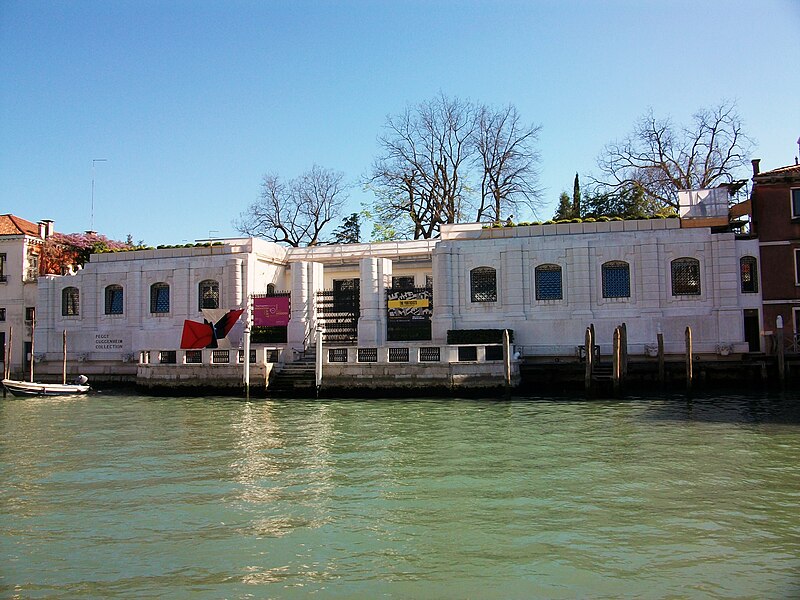
Ca’ Rezzonico, also known as the Museum of 18th Century Venice, is a grand palazzo on the Grand Canal which was once the residence of the affluent Rezzonico family. The museum boasts a rich collection of artworks, including pieces by Canaletto, Tiepolo, and Longhi, all set within a stunning example of Venetian Baroque architecture.

The Fortuny Museum showcases the works of Mariano Fortuny y Madrazo, a Spanish painter, designer, and photographer who resided in this Gothic palazzo from 1899 to 1949. The collection includes Fortuny’s paintings, drawings, and designs, alongside textiles and lamps.
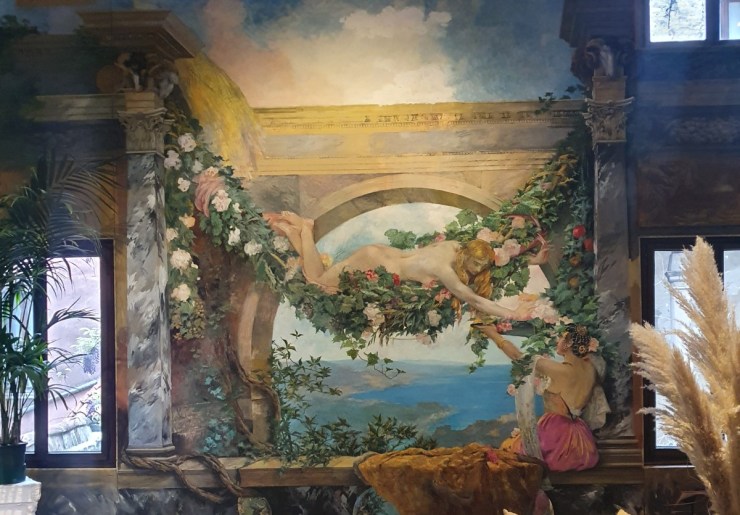
Venice is home to many other amazing museums that cater to varied interests. Feel free to explore my blog for additional articles about Venice. And of course, don’t miss the Doge’s Palace.
Verona
Castelvecchio Museum is located in a stunning medieval castle, built between 1354 and 1356 by Cangrande II della Scala. The museum’s collection spans more than 500 years, from the Middle Ages to the 19th century, featuring important artworks, including pieces by Pisanello, Rubens, and Veronese.
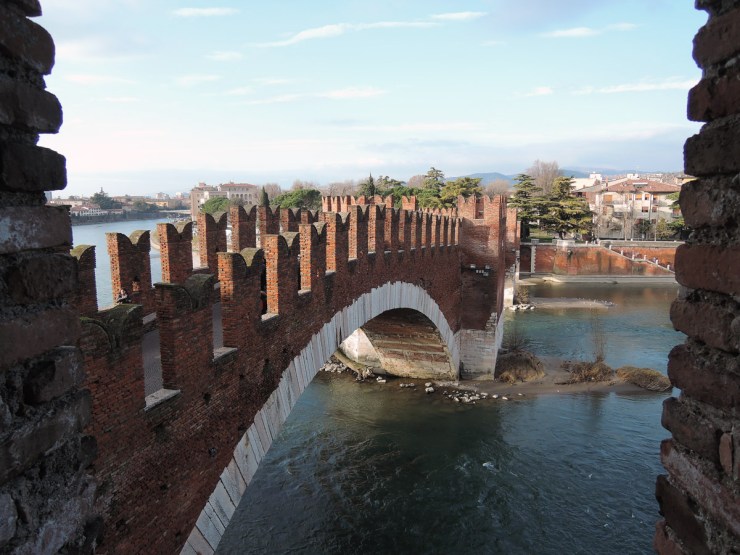
Mantova
Palazzo Ducale is a vast and spectacular Renaissance palace in the heart of Mantua. Once the residence of the Gonzaga family, who ruled the city from the 14th to the 18th centuries, it is now a UNESCO World Heritage Site and one of Italy’s finest examples of Renaissance architecture. The Palazzo features an impressive collection of art and artifacts, most famously Mantegna’s frescoes in the Camera degli Sposi.
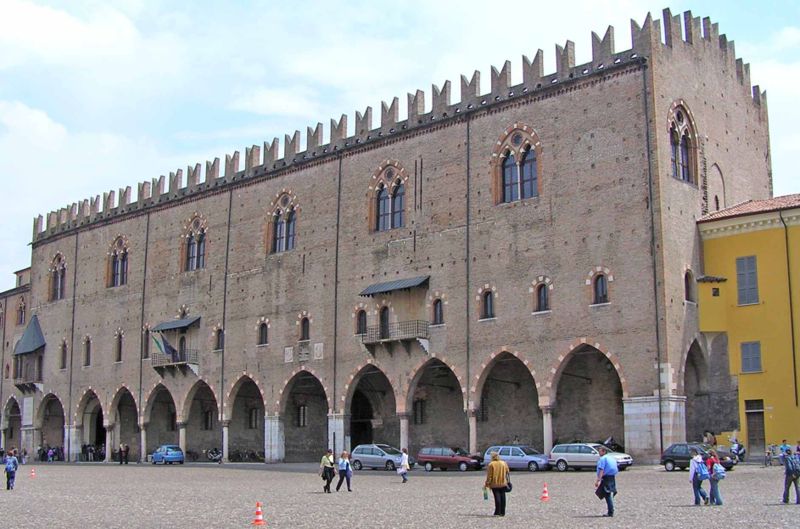
Palazzo Te is a 16th-century villa located on the outskirts of Mantua and is a notable example of Mannerist architecture. The villa’s most celebrated artworks include frescoes by Giulio Romano in the Sala dei Giganti.
Milano
Pinacoteca di Brera in Milan is a national art gallery housing over 400 paintings from the 14th to the 19th centuries, with a strong emphasis on Italian art. Some of its most renowned works include Caravaggio’s “The Calling of Saint Matthew” and Raphael’s “The Marriage of the Virgin.”
Castello Sforzesco is not only a historic castle but also hosts several museums. I must admit I visited primarily to see Michelangelo’s last (unfinished) work, the Pietà Rondanini, located in the former Spanish Hospital area within the Cortile delle Armi. It was an unforgettable experience.
Cenacolo Vinciano features Leonardo da Vinci’s iconic masterpiece, The Last Supper, located in the refectory of Santa Maria delle Grazie.
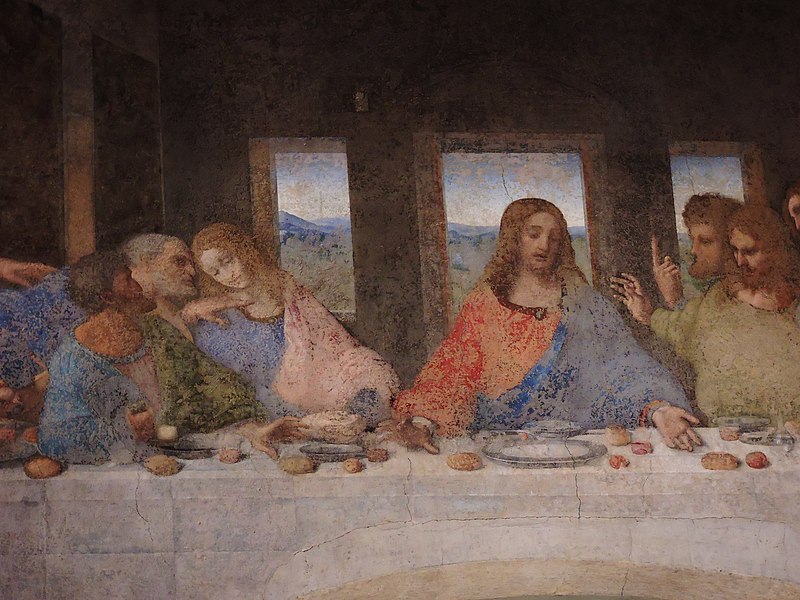
Torino
The Museo Nazionale del Cinema in Torino is situated inside the Mole Antonelliana, a striking 167.5-meter-tall brick structure initially designed as a synagogue. The museum houses over 8,000 cinematic artifacts, from historical cameras and projectors to iconic props and costumes. It also features interactive exhibits that explore the filmmaking process.
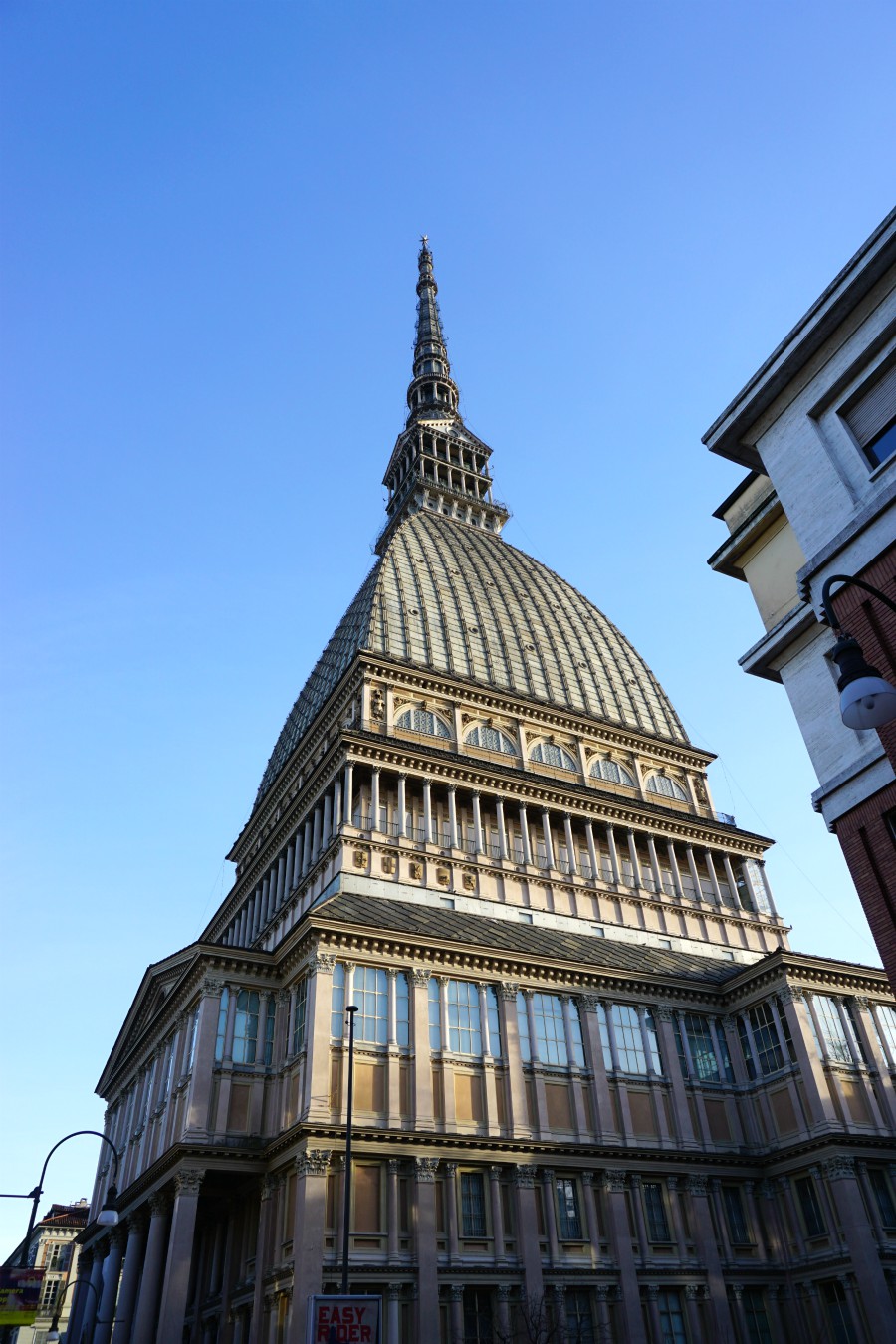
Museo Egizio is the oldest and largest museum of Egyptian antiquities outside of Egypt. It showcases an extensive collection of artifacts from the predynastic era through the Roman period, including sarcophagi, papyri, and sculptures.
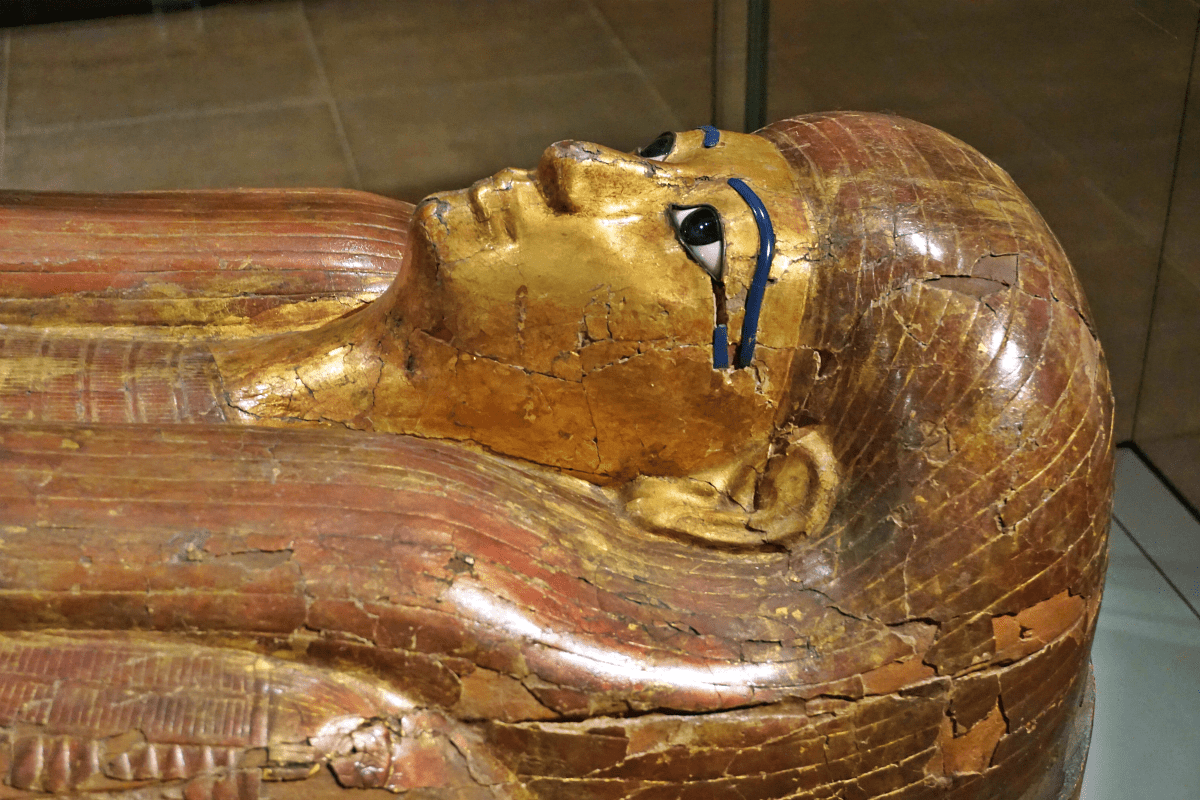
The Musei Reali are also worth exploring. Check out my article for more information on what to do in Turin.
Surrounding Areas of Turin
The Castello di Rivoli is a contemporary art museum set in a 17th-century castle in Rivoli and is among Italy’s largest modern art museums, featuring a permanent collection of over 4,000 artworks by international artists.
Venaria Reale, once the hunting lodge and summer residence of the Dukes of Savoy, is a stunning example of Baroque architecture and is considered part of the UNESCO World Heritage Site comprising the Residences of the Royal House of Savoy.
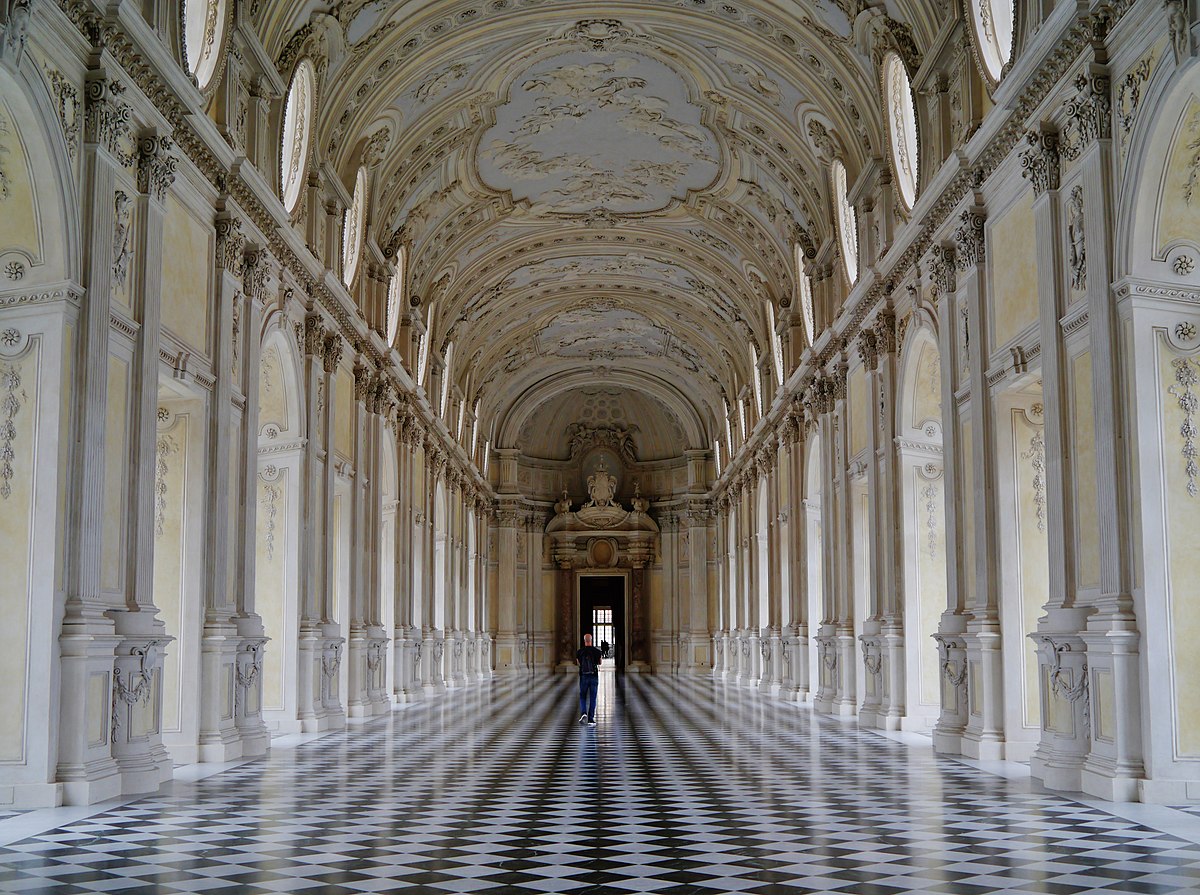
Trentino
The MUSE is a science museum located in Trento, boasting a collection exceeding 500,000 items related to the natural world, from fossils and minerals to dinosaurs. The museum also features several interactive exhibits to engage visitors in scientific exploration.
MART, the Museum of Modern and Contemporary Art of Trento and Rovereto, is one of Italy’s premier modern and contemporary art institutions, showcasing over 20,000 works from the late 19th century to the present. The remarkable building was designed by architect Mario Botta.
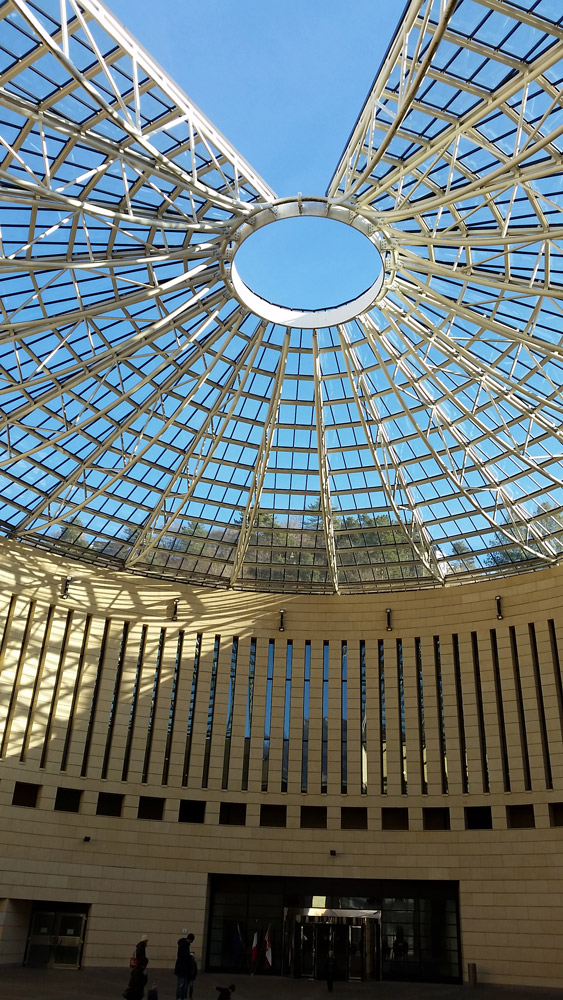
Top Museums in Central Italy
Firenze
The Uffizi Gallery in Florence is among the world’s most renowned art museums, featuring a collection of over 2,000 artworks from the Middle Ages to the early 19th century, with a particular strength in Italian Renaissance art. Iconic pieces by Botticelli, Leonardo da Vinci, Michelangelo, Raphael, and Titian are among its treasures.
Your visit to Florence wouldn’t be complete without exploring other must-see museums like Gallerie dell’Accademia (home to the original David by Michelangelo), Palazzo Pitti, and Palazzo Vecchio. I also recommend Museo dell’Opera del Duomo, Museo del Bargello, and the remarkable Cappelle Medicee by Michelangelo.
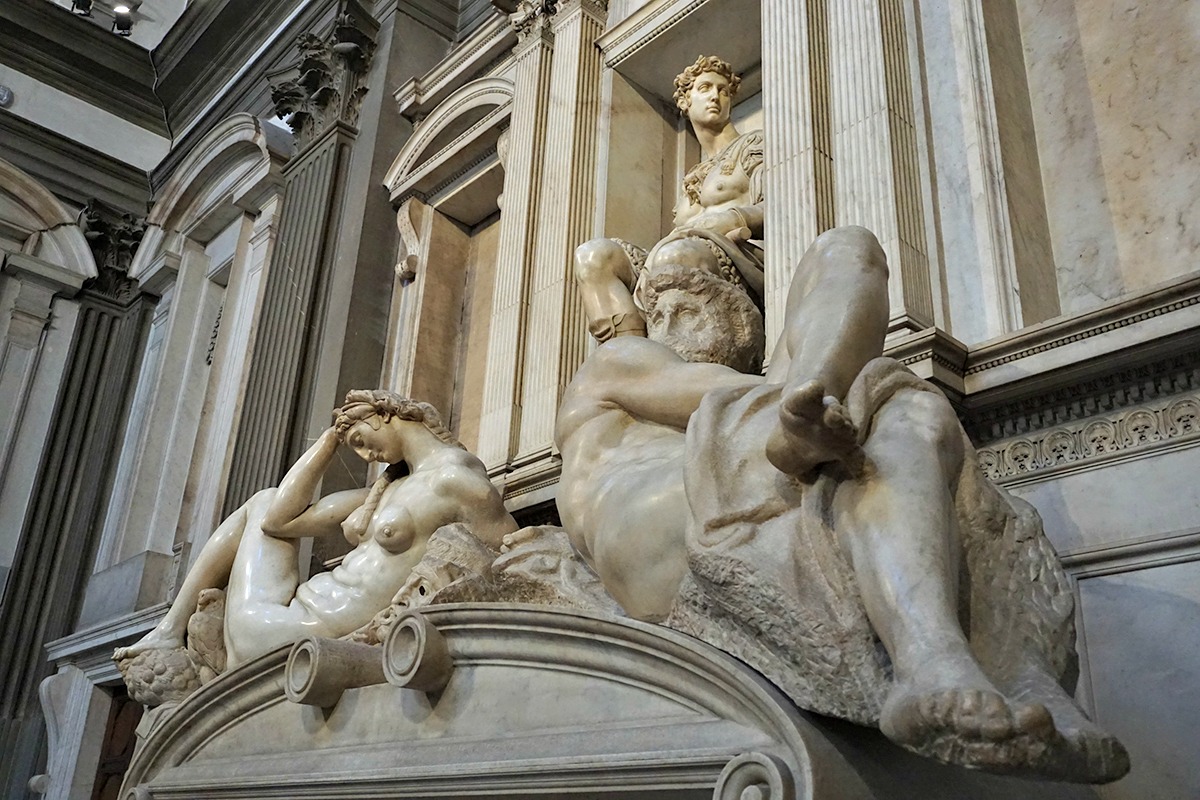
Roma
The Galleria Borghese is a stunning museum that showcases Baroque and Renaissance art, featuring works by masterpieces by Bernini, Caravaggio, Raphael, and Titian. Inside the lovely villa within the Borghese Gardens, it holds one of my all-time favorite paintings: Titian’s Amor Sacro e Amor Profano.
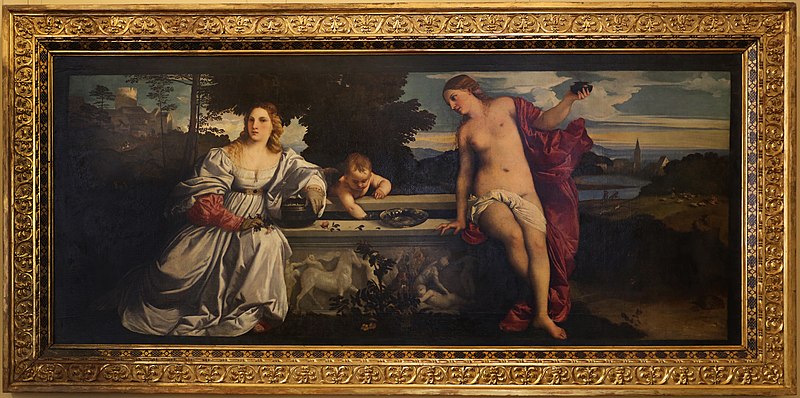
The Vatican Museums comprise an extensive series of galleries that house a collection gathered by the Catholic Church through the ages, featuring works by renowned artists like Michelangelo, Raphael, and Leonardo da Vinci. Key highlights include the Sistine Chapel and the Rooms decorated by Raffaello.

MAXXI is the National Museum of the 21st Century Arts, housed in a stunning building designed by the renowned architect Zaha Hadid. The museum exhibits works from the late 1960s onward, featuring an extensive range of paintings, sculptures, installations, and new media art.
Tivoli
Villa Adriana and Villa D’Este are two historical Roman villas in Tivoli, near Rome. Villa Adriana, constructed by Emperor Hadrian in the 2nd century AD, represents a remarkable example of Imperial Roman architecture, with its complex of buildings, gardens, and pools.
On the other hand, Villa D’Este, built by Cardinal Ippolito II d’Este in the 16th century, features one of the most exquisite Renaissance gardens in Italy.
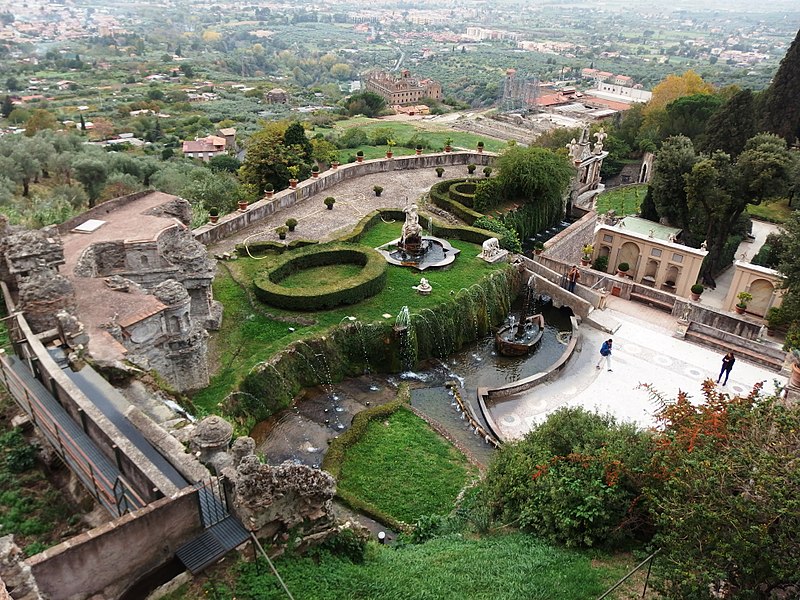
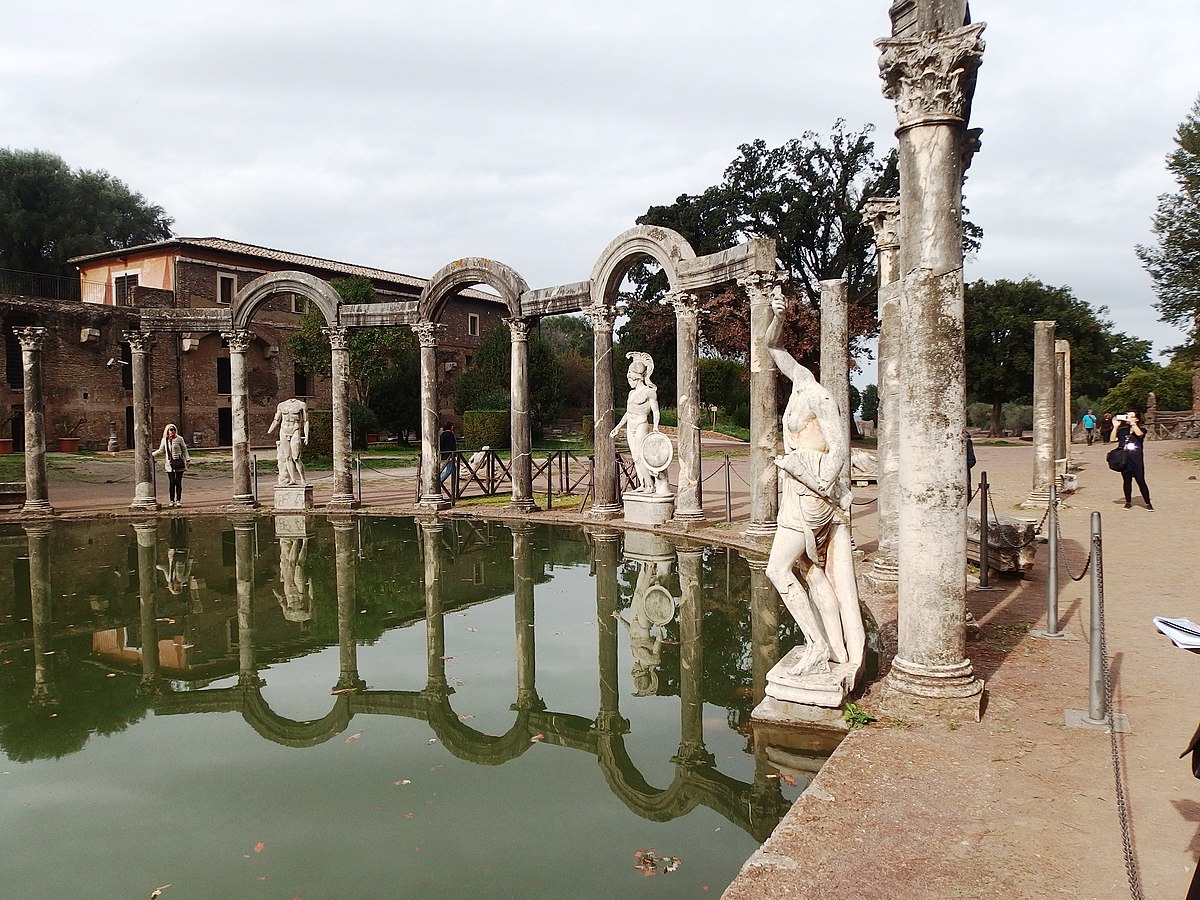
Top Museums in Southern Italy
Napoli
The Museo Archeologico Nazionale di Napoli (MANN) is among the world’s largest and most significant ancient art museums. Its impressive collection dates from the 8th century BC to the 1st century AD, featuring Greek, Roman, and Etruscan sculptures, mosaics, and pottery. House in the former Bourbon Royal Palace, it is a must-visit, even for those not typically fond of archaeology.
Another gem in Naples is the Museo Cappella Sansevero, known for its stunning life-sized marble sculpture of Christ, the Veiled Christ. The veil appears so realistic that it captivates visitors.
The Museo e Real Bosco di Capodimonte is a large museum complex situated on a hillside in Naples, hosting an extensive art collection ranging from medieval to contemporary periods, featuring pieces by Caravaggio, Artemisia Gentileschi, and Luca Giordano. The museum is also home to a picturesque park offering breathtaking views of the city and the bay.
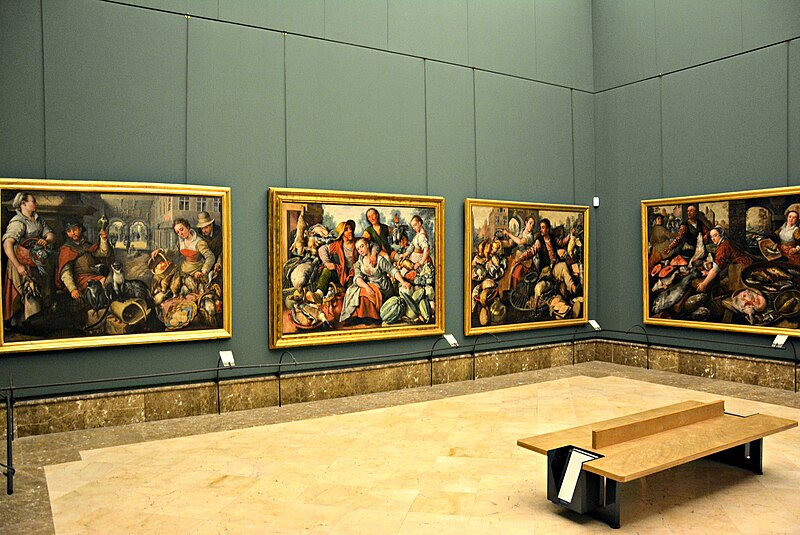
Caserta
The Reggia di Caserta, dating back to the 18th century, is a Baroque architectural masterpiece that served as the Royal Palace of the Bourbons of Naples. It remains the largest royal residence globally, encompassing over 47,000 square meters. The complex features various structures, including a throne room, royal chapel, royal apartments, and galleries. The palace gardens include an expansive Italian-style garden and a stunning English garden.
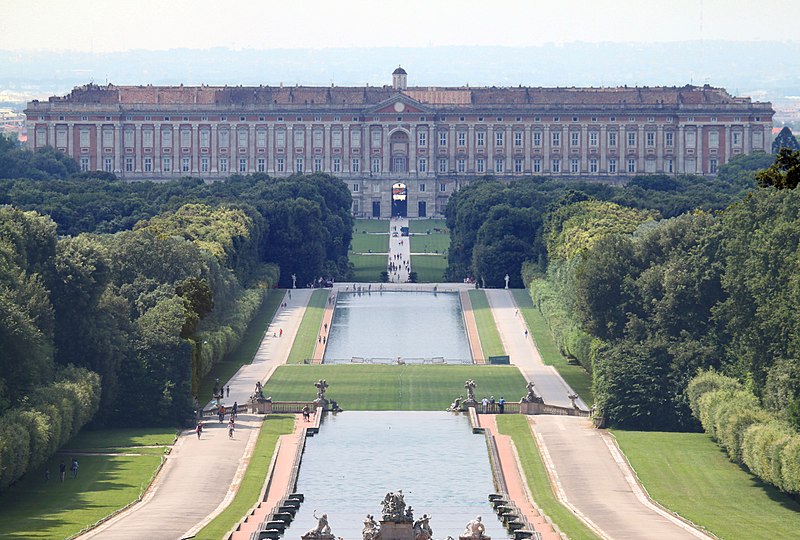
Reggio Calabria
Museo Archeologico Nazionale di Reggio Calabria features artifacts from the ancient Greek colonies of Magna Graecia, with one of the most significant collections globally. Highpoints include the famous Riace Bronzes, life-sized bronze statues of Greek warriors discovered off the coast of Calabria in 1972.
Palermo
The Galleria Regionale della Sicilia “Palazzo Abatellis” is situated in the heart of Palermo, Sicily. The museum holds an extensive collection of artworks from the Middle Ages to the 18th century. Among its highlights is the notable fresco Trionfo della Morte, depicting the dance of death, along with other remarkable works such as The Annunciation by Antonello da Messina and The Adoration of the Magi by Caravaggio.
Indeed, Italy is brimming with a multitude of museums. While I’ve tried to highlight some of the best and most notable ones, there are countless other stunning galleries across Italian cities, including my own, Padua.



